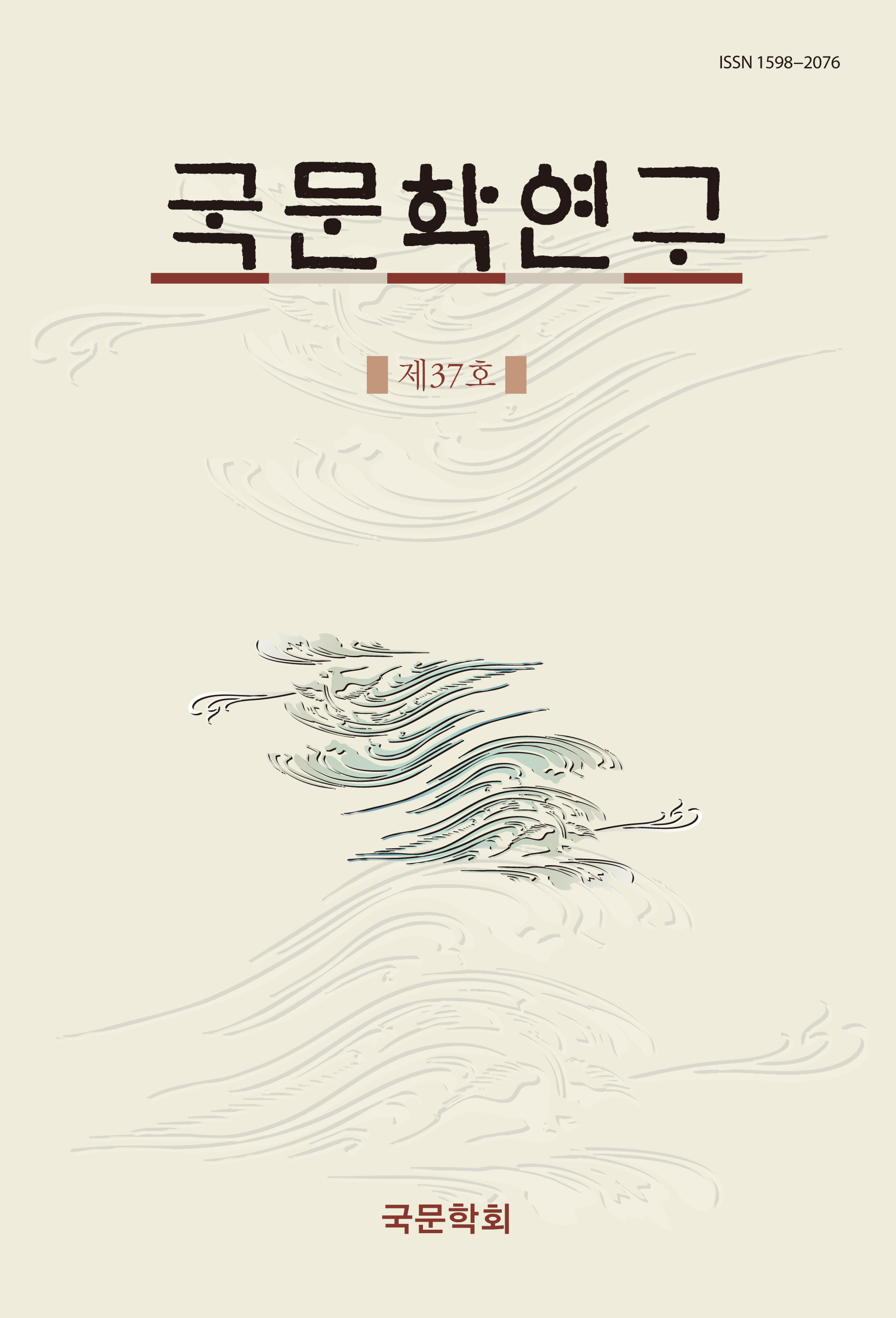이 글은 황석영의 <바리데기>에 나타난 서사무가 <바리공주> 수용의 의미를 1980년대부터 2000년대까지 장기적으로 이루어진 재현 체제의 변화라는 보다 거시적인 맥락 속에서 도출하려 한다. <바리데기>등의 작품에 나타난 황석영의 서사무가 수용은 흔히 2000년대의 기획이라고 생각하기 쉽지만, 사실은 1980년대까지 소급할 수 있다. 1980년대에 황석영이 보여준 서사무가에 대한 관심은 서술자의 단일한 언어와 시각으로 타자의 경험이 중개될 수 있다는 믿음이 의심되기 시작했던, 1980년대부터 시작된 재현체제의 변동과 밀접한 관계를 맺는다. 재현 체제의 변동 과정에 따라 타자의 경험을 재현할 수 있는 새로운 방법이 마련되어야 했던 바, <바리데기>에서는 서사무가의 무격 자체를 서술장치로 활용하여, 서술담론을 4중으로 구조화하는 방법을 통해, 타자의 파편적인 경험을 서술자의 중개를 거치지 않고 현전시킬 수 있는 서술의 공간을 마련한다. <바리데기>에 나타난 이러한 서사무가의 변용은 1980년대에 시작된 뒤 지금까지 지속·심화되고 있는 재현 체제의 변화 과정 속에서 위기에 처한 소설 양식의 자리를 새롭게 구축하기 위한 시도로 평가할 수 있다.
This paper intends to suggest the meaning of accepting “Princess Bari” from the “Bari” of Hwang Sok-yong in the more macro-context of the long-term change of the representative-regime from the 1980s to the 2000s. The acceptance of narrative shamanist songs in Hwang Sok-yong's works such as “Bari” is often thought to be a project of the 2000s. However, it dates back to the 1980s in fact. Hwang Seok-young's interest in narrative shamanist songs in the 1980s is closely related to the changes in the representative-regime that began in the 1980s, when the belief that the experience of others could be mediated by a single language and perspective of the narrator began to be questioned. There was a need for a new way to represent the experience of the other in accordance with the changing process of the representative-regime. In “Bari”, narrative spaces, which allows the experience of the other to be performed directly without mediation of narrator, can be created by structuring the narrative discourse by using shaman as narrative device. It can be regarded as an attempt to newly establish the place of the novel in crisis in the process of change of the representative-regime that has been continuing and deepening since the 1980s until now.




